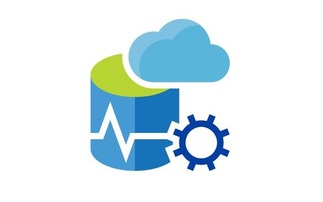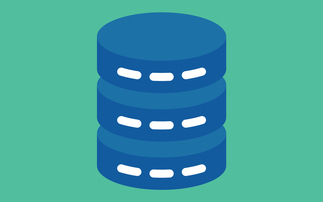
Choosing the right application and data integration platform for your business can often feel like an uphill battle. With a plethora of options and tools available even the most tech-savvy decision-makers can find themselves overwhelmed.
In the modern world there is however a clear place to start - an ideal solution that provides intuitive, scalable, and cloud-based tools to enable businesses to glue together applications and data with ease. This is known as an integration platform as a service, or iPaaS for short. But what is an iPaaS and what should it offer your business?
An iPaaS solution enables application integration and data deployment, management and governance across both on-premise and cloud environments. This allows different parts of your business to be connected with minimal disruption, breaking down silos within a business and encouraging easy flow of communication and information between employees and teams.
Unfortunately, in a highly competitive market, choosing the iPaaS solution that is best for your business is not easy.
Using these five top features as a checklist will help you select the best solution for your business; showing you which solutions are iPaaS and which are "I'll pass"!
The top five iPaaS features to look for
1. One platform for your data
As the number of applications proliferate and the quantity of data continues to grow, businesses are recognising the benefits of a single, scalable and modern integration platform that can span both apps and data, as well as legacy and cloud environments.
This means that integration technology can be adopted without overhauling the entire infrastructure, with a smooth transition of data between on-premise and the cloud in one single platform.
2. Flexible Modern Architecture
The best modern architecture is able to handle vast amounts of data from virtually any source, giving your business infrastructure a layer of flexibility and agility.
This means a quick transfer between any data stores, no matter the quantity, no matter the time - to wherever it needs to go. Allowing your entire infrastructure to flex with your data.
Think of an iPaaS solution as the nervous system of your business. It needs to react and transfer information across in real-time and as your business grows, develops and changes. Your iPaaS must be able to adapt with your business.
Your architecture also should provide a seamless solution for achieving API management (APIM), letting you expose integrations as APIs and creating shiny new integrations for your business and external consumers to benefit from.
This also comes hand-in-hand with automation technologies that can cut down IT staff workload. Whether it's application integration, APIM or data integration, an iPaaS provider should have automation tools to free up staff to perform more value-add tasks and make the employees themselves more flexible and productive.
3. Availability
Perhaps as important as the flexible nature of iPaaS infrastructure is the availability of data that the solution can provide. The best iPaaS solutions will have minimal downtime - keeping the data accessible, and the user productive, at all times.
For the data-hungry execs, this availability also means that insights and analysis can take place in real-time with readily available data for analytics. This means that the decision-making of the business can be improved, allowing an organisation to step ahead of its competition.
Availability also comes hand-in-hand with ease of access. Integration and API management should be easy and code-free, empowering staff with powerful tools to accelerate themselves and their teams.
Ultimately when thinking about iPaaS solutions, only those which ensure your data is always online and accessible will meet the needs of your business.
4. Security
When thinking of your data, it is important to remember that your data is your data, not your iPaaS provider's. This means that the best solutions should not collect any personal information on behalf of their customers or monitor the content that its integration pipelines processes.
The iPaaS provider should be reputable and security certified, maintaining industry-standard security protocols and practices, giving you and your business peace of mind.
5. Provider Readiness
This leads us nicely to the final checklist point when choosing an iPaaS solution - the reputation and expertise of the vendor. Just as you would when choosing any service, you must consider whether a vendor has proven expertise, an excellent track record and a reputation for innovation.
An iPaaS provider should always be looking to innovate to further empower its customers. The integration industry is always evolving and the best providers are those that always remain one step ahead of the curve.
Finally, consider customer service. What happens if there is a problem, can the provider support you all the way, no matter where you are?
Ticking the boxes
Only when you can ensure that an iPaaS solution can provide all five of the features outlined above, can it truly be considered as an answer to your application integration and data integration needs.
These criteria can ensure that you not only partner with the most effective iPaaS provider, but more importantly, that you get the most from your applications and data.
This post was funded by SnapLogic.

















